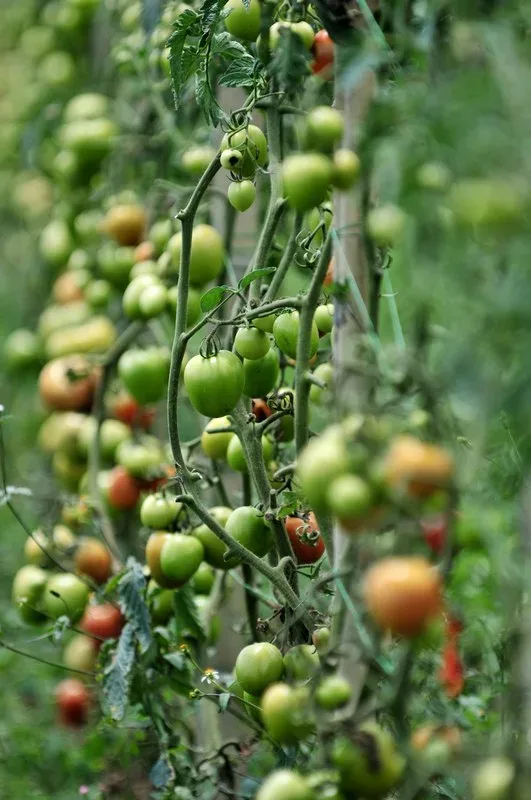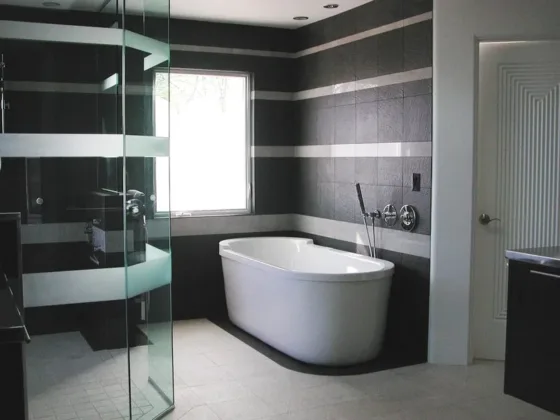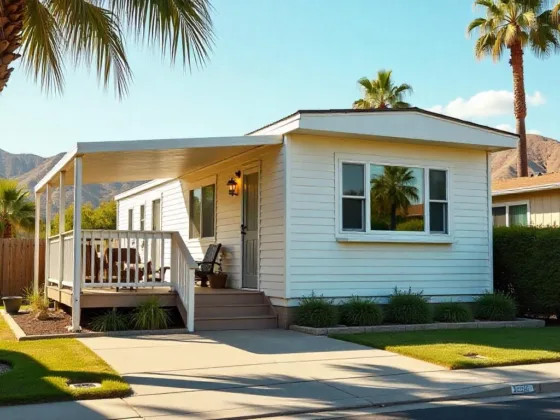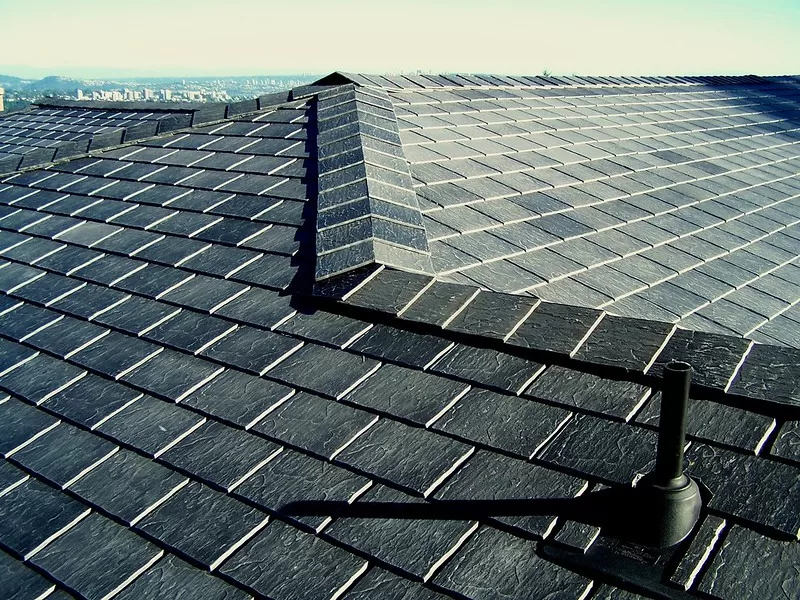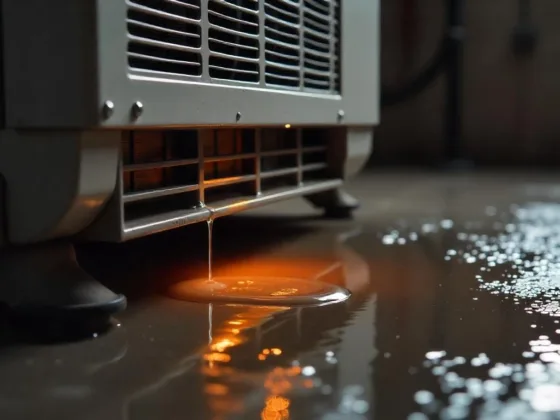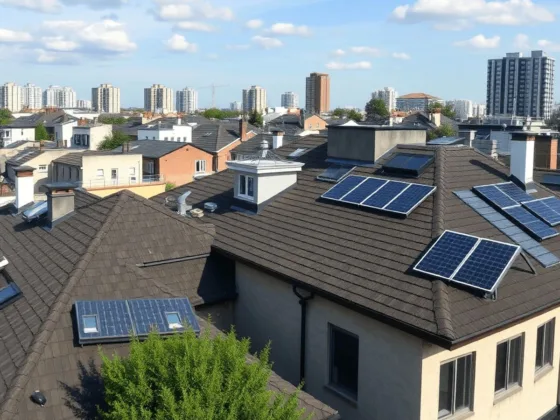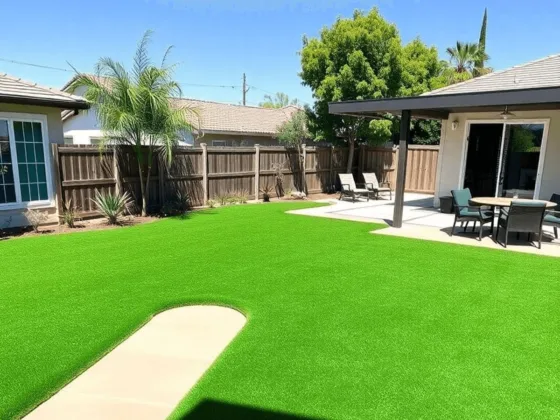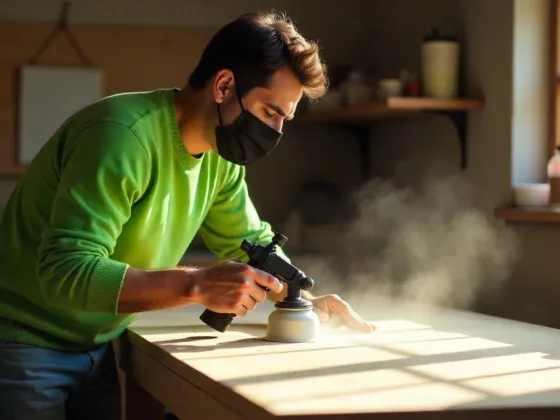Plant tomato seedlings on their side to encourage a strong root system and vigorous growth. Learn tips for choosing the healthiest seedlings and how to transplant them for optimum growth.
How you transplant your tomato plants can make the difference between a healthy strong root system that will stand up to the changes in weather or a weak plant that will wither and die when faced with a dry hot season. Laying your plants down in a trench and covering with soil will provide a strong root system that will withstand the forces of nature.
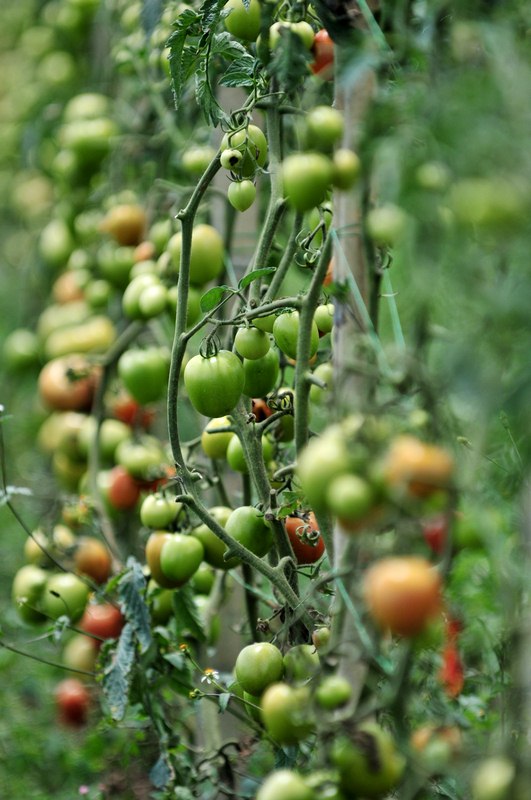
Takeaways
- Look for short sturdy stalks and healthy growth in tomato seedlings.
- Don’t purchase tall weak tomato seedlings.
- Tomatoes need a lot of water. Strong roots can absorb more water and nutrients.
Plant Tomato Seedlings on Their Side for Strong Root System
Before you transplant your tomatoes, make sure you have healthy strong seedlings, to begin with.
Must Read:
- Starting Seeds for Your Spring Planting: Grow Your Plants from Seed, Avoid the High Cost of Store Bought Plants, and Have Fun Doing It!
- Top Tree Choices for Planting Over Plumbing
- Ways to Save Money on Garden Fertilizer
- 5 Steps to Ensuring the Health of Your Vegetable Crops
- Sustainable Gardening: What to Plant, and Where to Plant It
- A Small Garden Design Respects Your Time and Space
Choosing Tomato Seedlings
Look for short sturdy stalks and healthy growth. Don’t make the mistake of choosing the tallest plants thinking they will grow the fastest. This often is not the case.
Tall plants are often spindly with weak stalks. They have grown tall and thin because they have been stretching to the get sunlight. They will topple at the slightest hint of wind and weather.
Stalks should be at least the thickness of a pencil. When you brush the top of the plants, the stalk should move freely, but should not bend with gentle movement.
Leaf stems should be short, with an abundance of dark green leaves. Leaves that have yellowed or curled are a sure sign the tomato plant has experienced stress from lack of watering, inadequate sunlight, or general poor growing conditions.
Check the bottom of the flat for overgrown roots. Is there a tangle of roots coming out of the drainage hole? If so, the plant has overgrown its pot and is starving for nutrients and water. A few fine roots are fine, but once the roots intertwine it is difficult to transplant the tomato plant without the plant suffering shock. This, in turn, will stunt growth while the plant readjusts to the environment.
Bringing Them Home
Once you have chosen the plants, it is time to bring them home. They will need constant care. The transition from the greenhouse environment to your home will take some adjusting for the plants. Place the tomato seedlings in a sunny location. Check them often and be careful that they do not dry out completely.
Hardening Them Off
Before you can “set them out” (plant them in the garden) you will need to harden them off. This requires you to move the plants outside during the daytime for a few hours each day.
Set them in a sheltered location that does not get direct sunlight for the first day or two. Gradually move them to a sunnier location for short periods. Tomato seedlings will dry out very quickly in the sun. Be careful to keep them moist. The leaves will sunburn if you set them into the direct sun without hardening them off.
Transplanting
Choose an overcast day with light winds to transplant your tomato plants. I prefer to set mine out in a light rain, if possible. If its time to set them out and the weather promises to be sunny and warm, transplant them in the evening so they can adjust overnight.
Dig a hole 18 inches in diameter and at least 12 inches deep. Mix in a quart of compost or a small scoop of fertilizer. If you are using traditional fertilizer, be sure to mix it in well with existing soil, otherwise, it will burn the tiny hair roots from your tomatoes.
I prefer to sprinkle fertilizer in a circle around the seedling, at least 8 inches from the stem, and mix well with the soil. This will prevent any damage from the fertilizer to small roots and dissolve slowly with each watering, providing a steady supply of nutrients.
Pour 2 quarts of water into the hole. Remove the tomato plant from its pot, being careful not to disturb the roots.
Did You Know?
Transplanting tomatoes laying on their side encourages roots to form along the stalk. This provides a strong root system that will withstand changes in weather.
Lay the tomato plant on its side in the hole and guide the top of the plant towards the surface. Fill in around the plant with soil and pack down firmly. The top 4 to 6 inches of the tomato plant should be exposed.
Planting your tomatoes lying on the side with only a few inches above the soil will provide a strong root system for your tomato. The entire length of the stem under the soil will sprout roots enabling the plant to draw more water and nutrients from the soil.
Within a few weeks, once the root system has developed, the tomato plant will suddenly experience a rapid spurt of growth and will almost certainly gain size and height that will surpass those that were planted with only the root ball under the soil.
A strong root system will enable the tomato plant to stand up to changing weather patterns, absorb more water and nutrients from the soil, and to bare more tomatoes than weaker plants that may suffer from the effects of hot and dry seasons.
Author Bio
Nannette Richford is an established freelance writer with over 7 years’ experience. With over 4,000 published articles ranging from gardening and education to new age and paranormal, Richford’s work covers a variety of topics. Her work is published on a variety of sites, including the SF Gate section of the San Francisco Chronicle, National Geographic, and the Walden College ConnectEd program.
